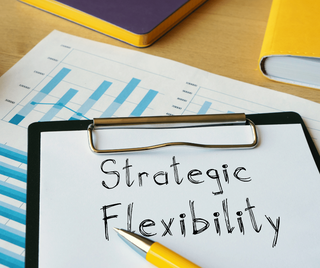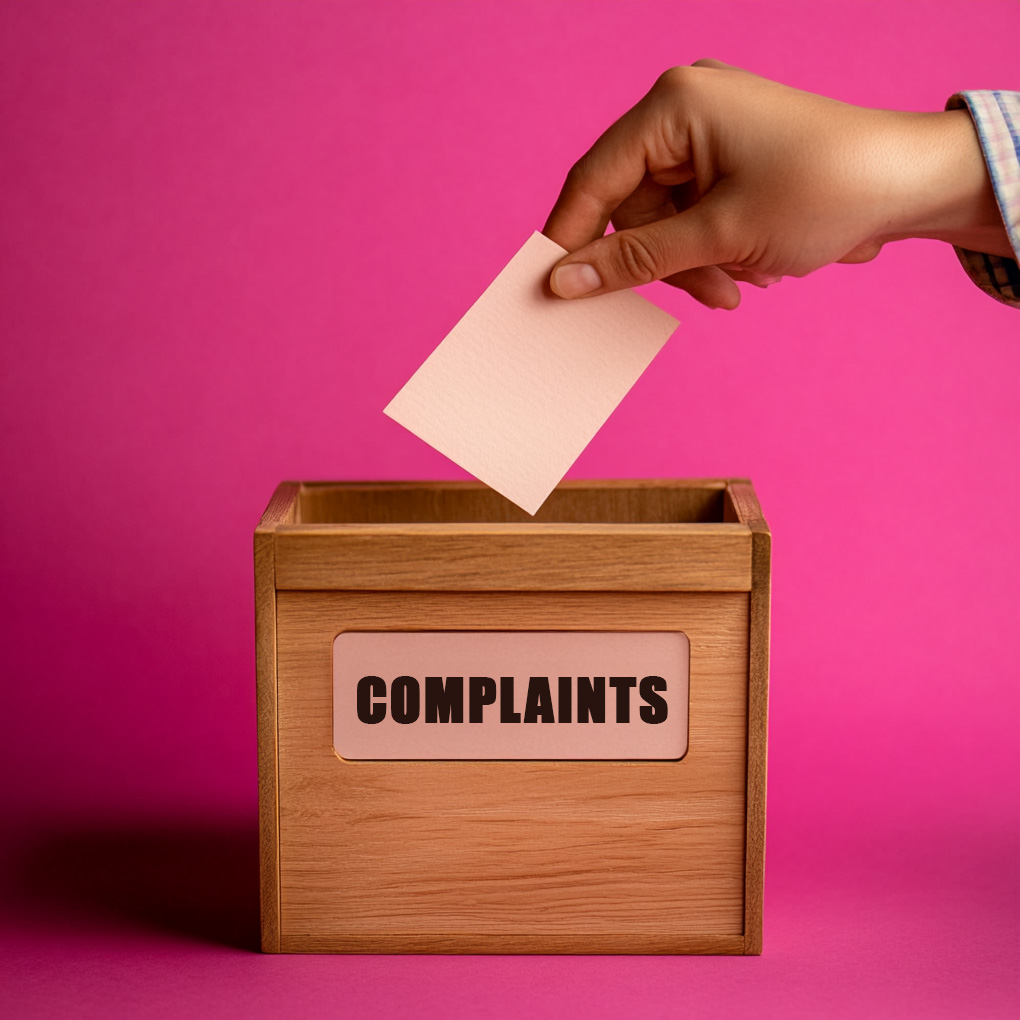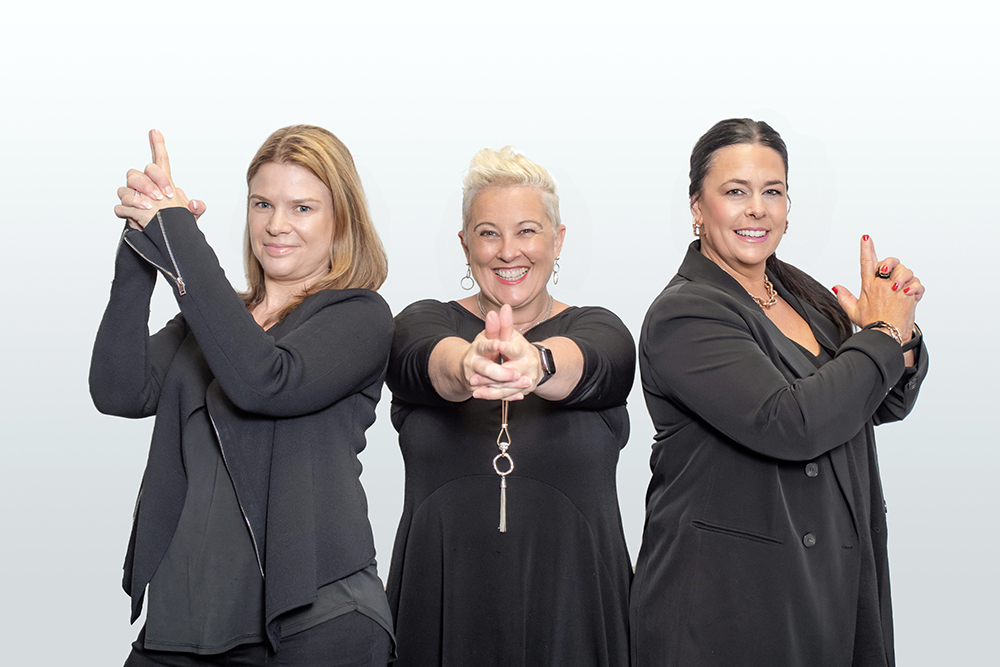We’ve all heard of burnout but how do we relieve the causes so our employees remain happy, healthy and engaged in their work? A recent article discusses the concept of managing energy, not time, in order to mitigate burnout and drive productivity. Seems counter intuitive given we all generally have set working hours and we often discuss time management as a critical skill, but this is about overlaying an awareness of cognitive energy use and how you can then utilise it for a full day of productivity.
Ummm, what?
Cognitive energy is the ‘energy our brain uses to do its thing’[1] and how that works for everyone is different. For example, some people can whip out a presentation and quickly move onto the next task, while for others it is a draining and exhausting process that leaves little cognitive energy to cope with anything else that day. Considering the context of the stresses we are all experiencing at the moment, you may find that many employees have ticked over into ‘survival mode’ and are simply coping with little to no resilience in reserve.
Clearly, it’s not on your shoulders to solve the problems of the world or even your employees non work-related concerns, but there are things you can look at within the workplace that will reduce this cognitive load and improve the cognitive energy levels that can be allocated to productive work.
MULTITASKING IS NOT PRODUCTIVE
First up is multitasking. Most of us are guilty of believing that multitasking means we are getting it all done, but in reality it is an action that ‘fuels continuous partial attention’ and drains cognitive energy. As a business leader, show your team that full focus on one activity or one conversation will deliver better results.
We’ve all done it – answering an email while also speaking with a colleague or client on the phone but how many typos did you make and what detail did you miss in the conversation? And how often are you able to think clearly at the end of a day of multitasking? Make it the norm in your business to encourage focus on one task at a time and support the conservation of cognitive energy for work that matters.
MEETINGS CANCELLED
Next on our hitlist of simple changes leaders can make to improve the levels of cognitive energy for all is to reduce or remove meetings. How many times do you walk away from a meeting and think that could have been a quick email but now you’ve lost an hour of your day and you are now racing to another meeting and the core project that will drive business results lays dormant on your desk as there is simply no space for it? Phew, even that thought is draining my cognitive energy….
Meetings absolutely have a place in business, but excessive meetings can be major drains on time and energy so look at what’s happening in your workplace and assess what is necessary and what needs to be deleted from calendars. This also supports the understanding that each of us has a different time of day where they can focus more fully. Some are morning people (not me) and others feel a surge of energy later in the afternoon.
If meetings are constantly scheduled, there is no space to allow your employees to work at their peak time. Worse still is that relentless meetings leave no space for productive thought, planning or even doing the work that has been generated from a different meeting. Consequently, we are recommending you relieve the meetings pressure valve and give your team the time and the space to focus and complete their work which will in turn, help alleviate the symptoms and impact of burnout.
QUIET QUITTING
Another phenomenon that is taking hold as a result of burnout is ‘quiet quitting’. No one is handing in their resignation when they quiet quit, rather, they deliver only on the very basic expectations of the job and nothing more - no going above and beyond, no over performing – just general disengagement as a preservation strategy.
This is an interesting trend as it brings up the idea of work/life balance which we wholeheartedly support but it’s an extreme response predicated by burnout. And it’s happening at a time where employees hold most of the cards as labour shortages mean employers are doing almost anything to keep good people.
For some industries, employees down tools and head home at the end of the work day and there is a distinct separation between home and work. For many others though, the computer and use of smart phones means we can find it more difficult to disconnect and therefore, we always seem to be available, or even if we don’t want to be, we receive messages, voicemails, chat messages and emails, preventing us from completely turning off from work. Clearly, this isn’t sustainable but with all the other stresses outlined above, your people are slipping into burnout more quickly and without solid support from their managers and leaders, they are simply disengaging via a quiet quit as they are unaware that they can still be high performers without having always having to be ‘on’.
WHAT CAN YOU DO?
As a manager or leader, it is important to acknowledge that you set the tone and expectation for your team. As outlined, managing behaviours like multitasking or stripping back meetings to only those that are productive and useful will help. Being clear about leaving employees alone when they are not at work is important – as the leader you should set this example and encourage your managers to do the same…. Burnout is a key issue for businesses when it comes to retention, productivity and engagement and this is where we at HR Staff n’ Stuff recommend looking at two actions that will reduce the incidence of burnout while putting in place mechanisms that support those who are already tipping over the edge.
PERSON-CENTRIC APPROACH
Firstly, it is important to take an individual approach to how people are managing both the internal (work) and external (personal) stresses that will distract from their ability to perform well at work. Not everyone will react in the same manner or view the same experiences as stressful, and not everyone needs the same support
One simple way to better understand what your employees need to make their work experience more positive and to help them deliver at their best standard is to simply ask. In a small team you can chat face to face but a larger team may require a survey in which it is made clear that it is not anonymous as you sincerely want to be able to support requests that will allow for a better working experience. You won’t be able to accommodate everything that is raised but you may find a compromise that works - but you simply won’t know unless you ask!
You may be surprised at the small changes you can make on an individual basis that will have a significant positive impact on an employee…. For example, one employee may simply explain that if he was able to start 30mins later each day his commute would be more than hour less, or that if he was able to start and finish earlier, he would be able to participate in a soccer game that impacts very positively on his mental health and stress levels. Or another employee that would benefit greatly from being able to take an annual leave day once a month to allow her to manage her work and home commitments more easily.
KEEP THINGS SIMPLE
Additionally, we recommend that now is not the time to make broad sweeping changes if your business allows you to wait. We know that languishing has been a problem throughout Covid but with burnout levels increasing, we need to allow our employees the space and time to cope with all that life is thrusting upon us. If change is unavoidable, keep the channels of communication open and really listen to hear what your teams need to ensure any transitions are as smooth as possible, so you retain your high performers and maintain engagement.
EMPLOYEE ASSISTANCE PROGRAM
On a broader level, we also highly recommend establishing an Employee Assistance Program (EAP) in which your team have access to a number of confidential professional counselling services they can access on a purely voluntary basis.
The stigma around mental health and well being is slowly being eroded as increased awareness and the benefit of support and intervention become more prevalent. This is important as the old way of suffering in silence exacerbates problems and allows no room for recovery and it’s not just the individual who suffers as their family, friends, colleagues may all be impacted along with their social and professional lives. This is where an EAP can be a vital step in providing access to help that could make all the difference
WHY SHOULD I PAY FOR COUNSELLING FOR MY EMPLOYEES?
Aside from the fact that it can be a genuinely good thing to offer as part of a suite of benefits your team might be able to access, EAPs can help reduce lost productivity, absenteeism, presenteeism, improved retention, along with reduced WorkCover claims for work-related stress and accidents.
Workplace culture is another plus when an EAP is in place as encouraging and supporting a mentally healthy workplace will underpin a positive and engaged workforce. This in turn further supports reduced employee turnover and the financial burden that comes with recruiting and training new team members.
A study by Pricewaterhouse Coopers found that for every dollar a business invests in effective mental health strategies, the average return is $2.30! That’s a significant ROI in anyone’s language.
Should you wish to learn more about an EAP that will suit your company structure and needs, please contact the HR Staff n’ Stuff team for a recommendation. Many EAP’s have a subscription model based on employee headcount but our preferred provider also offers a ‘user pays’ model, making it an affordable option for many businesses wishing to offer this support without a monthly cost commitment.
WHAT HAPPENS NEXT
It’s clear that life will continue to be challenging but as a business leader, you can make changes that will provide both relief from pressure and support structures for your employees that deliver a positive net result with a happier, engaged workforce that continues to drive your business onwards.
If you require support with a disengaged team or the best practice process for introducing programs that will aid in the reduction of stress and burnout, contact the HR Staff n’ Stuff team today.
[1] 2022, ‘“Work pace” and “hours of power” key to preventing burnout’, hrdaily.com.au, 2 August 2022







